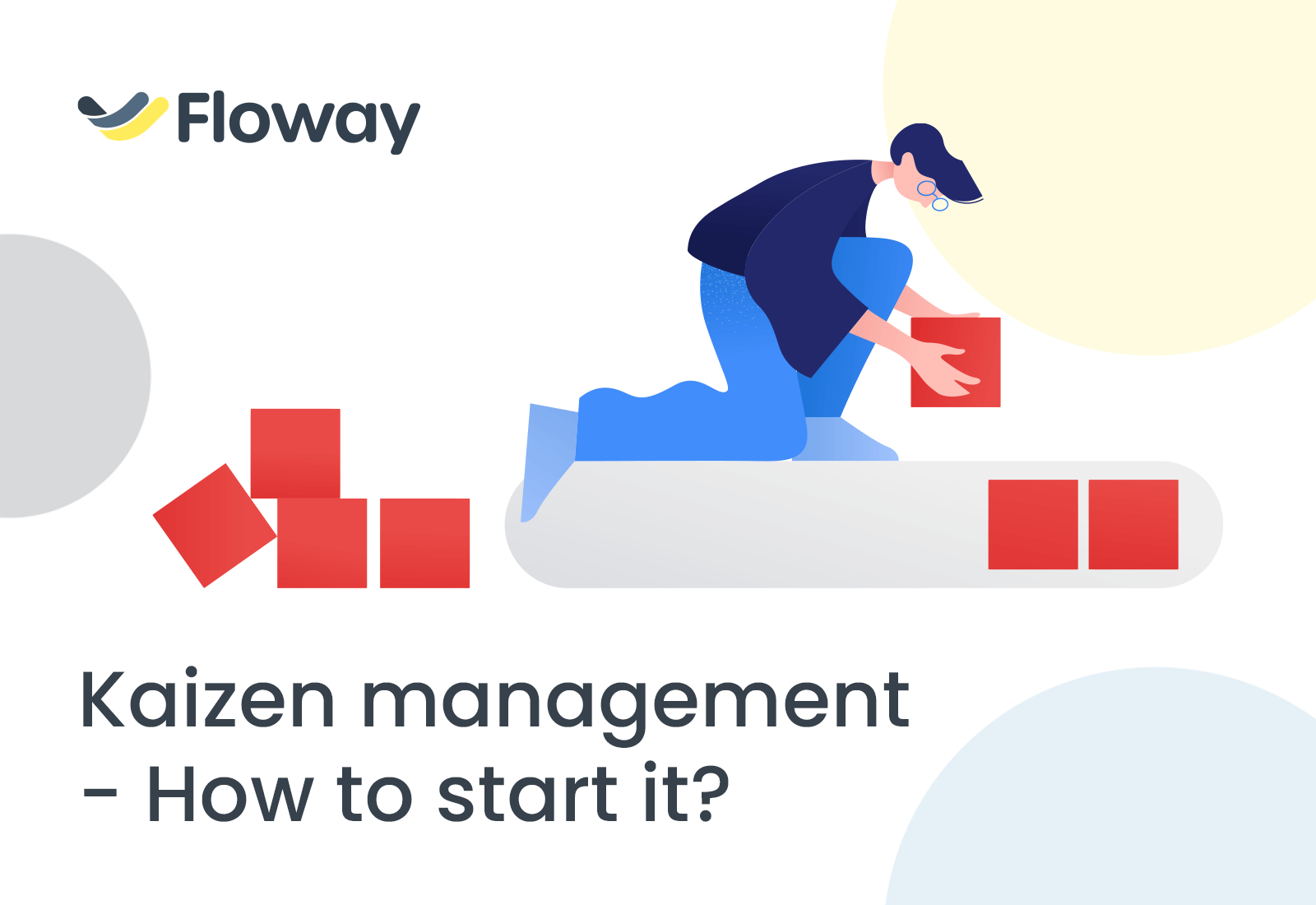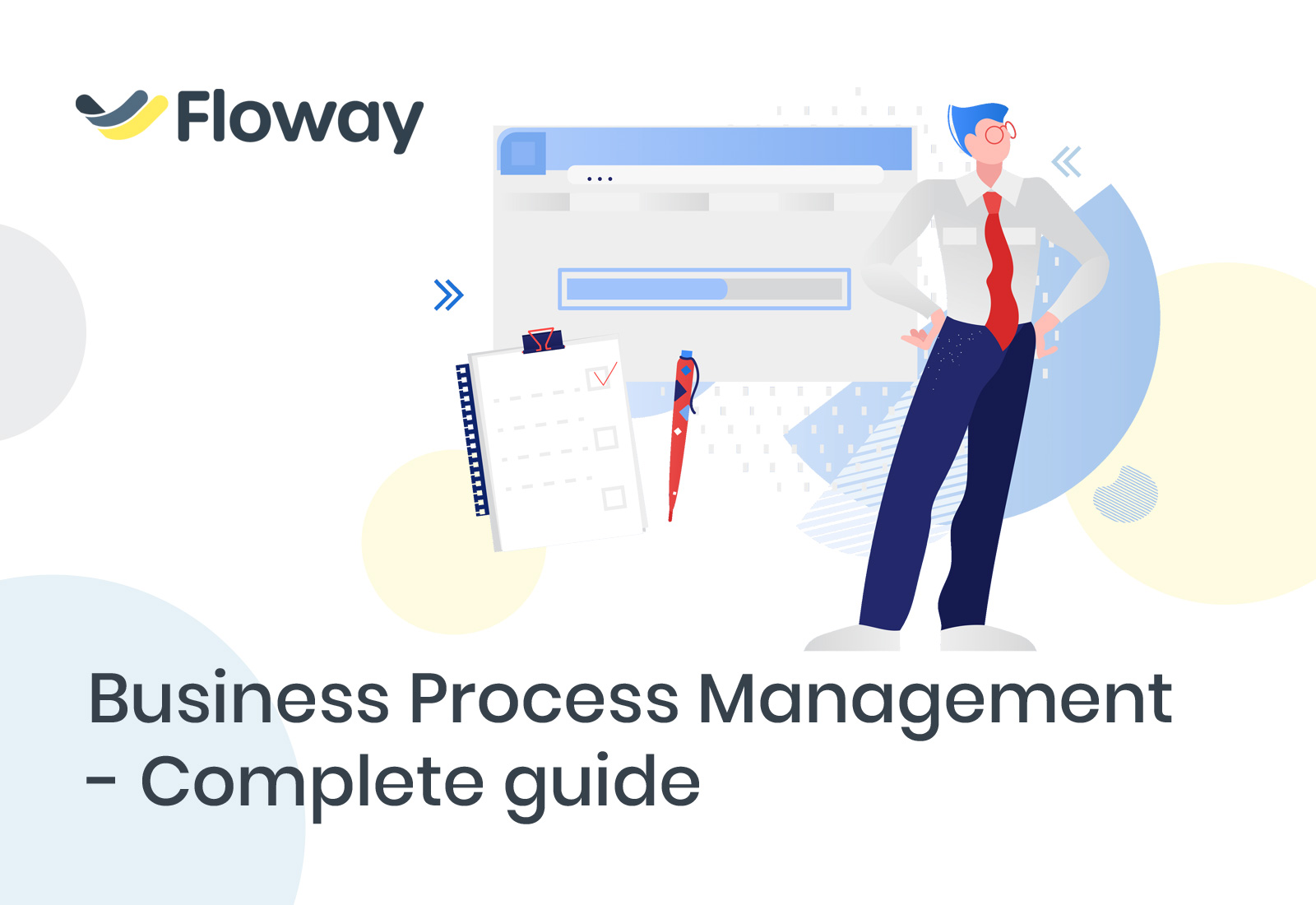Kaizen management – Everything you need to know
Are you interested in implementing Kaizen management in your organization but need help figuring out where to begin? Introducing Kaizen to a business can be challenging and exciting as it requires dedicated effort and commitment from company leadership, employees, and stakeholders.
It also allows for continuous improvement of ideas and capabilities within an organization, ultimately leading to increased productivity, efficiency, job satisfaction, cost savings, and more. In this blog post, we’ll explore the basics of Kaizen management principles so you can get started on improving business performance.
What is kaizen management?
Kaizen management is an approach to business that focuses on continuous improvement, aiming to reduce waste and increase efficiency. The idea behind kaizen is that continuously making minor improvements over time will add a lasting impact.
Kaizen can be applied to almost any process, from production lines in manufacturing companies to customer service in retail. It is a popular strategy for businesses looking to stay competitive. Kaizen encourages employees to identify small areas of improvement, then act quickly on those ideas.
By doing this on an ongoing basis, the company will be able to keep itself up-to-date with the latest trends and technologies. This helps ensure that it stays ahead of its competitors in terms of quality and efficiency.
Kaizen is also beneficial from a cost perspective, as it enables companies to reduce waste and use their resources better. Focusing on continuous improvement makes kaizen management an invaluable tool for staying competitive in today’s business world.
Kaizen isn’t just something business owners use – it can also be applied on a personal level. By looking for small ways to improve your daily habits and routines, you can start to see impressive results over time.
Whether it’s getting up early to go for a run or taking the time to make sure you have a healthy breakfast, the idea is that by making incremental changes, you will eventually reach your goals. Kaizen is about finding efficiencies in your life and leveraging them for professional and personal success.
The philosophy behind kaizen management may be simple, but when implemented correctly, it can have a lasting impact on any company or individual. With its focus on continuous improvement, kaizen has become an essential tool for businesses looking to remain competitive in an ever-changing market.
Background on the Kaizen approach:
The Japanese term for “improvement via change” (or “improvement through the pursuit of betterment”), kaizen is a composite of the characters for “change” (kai) and “better” (zen).
The Kaizen methodology also referred to as the small-step work improvement approach or the technique of constant improvement, was created in the United States during the Training With Industry (TWI) program, established by experts (including W. Edwards Deming) under the direction of General MacArthur to aid the recovery of Japanese industry following World War II.
The book “Kaizen: The Key to Japan’s Economic Success” by Masaaki Imai, published in 1986, is credited with popularising the word. A management strategy developed to save costs and boost output; lean manufacturing had its first widespread use in the manufacturing industry.
The Kaizen method, also known as lean management or agile management, is widely practiced in modern businesses across all sectors to enhance output via the participation of all staff members. This method necessitates an organization-wide commitment to this idea and, in some instances, the facilitation of change.
The five components that make up the Kaizen approach
The Kaizen method is comprised of the following five essential elements:
- Teamwork
- Personal discipline
- Enhanced morale
- Excellent circles
- Ideas for improvement
The six stages involved in the Kaizen approach
- Locate a window of opportunity or a target for improvement efforts.
- Discover innovative solutions by discussing problems with your staff.
- The aim should be broken down into a series of sub-objectives or deliverables.
- It is essential to organize the tasks associated with each sub-objective so that there is no duplication of efforts, resources, or deadlines.
- Testing, keeping track of progress, and adjusting the timetable as necessary.
- Go to the next target in the list.
How to Use Kaizen?
If you want to use “kaizen thinking,” either on your own or along with your team, here is the strategy that we recommend:
- Maintain a record, or “ideas log,” of the things that appear ineffective to you or that you would like to enhance. It is frequently much more straightforward to recognize these in the heat of the present than when one reflects on the past.
- Take some time once a month to identify places where there is “waste” in the manner that you or other team members carry out their responsibilities. Use your thoughts journal as a source of input, but don’t forget to consider the bigger picture and your overall working methods.
- Create a timeline for when you want to implement these changes. You need to find a way to strike a balance between moving forward with implementing the improvements right now (so that the area of waste doesn’t become a more significant problem) and preventing “change overload.”
- It is essential to consider any difficulties or misunderstandings that your change may bring for other people since they may become resistant to your change.
- When planned changes are going to have an impact on other people, it is essential to ensure that you consult with those people about the new arrangements and listen to their feedback and concerns.
Individually, you stand to gain a lot by participating in kaizen in a short amount of time. However, a determined effort will be required if you want your staff to embrace the method. You can also use software that follows the Kaizen approach. See more.
Tips for making Kaizen work for your team or company culture:
Kaizen is about making changes to create a better and more efficient workplace. To make sure Kaizen works for your team or organization, it’s essential to include everyone.
Involve team members and stakeholders in setting goals, developing strategies, and evaluating results. Encourage collaboration and communication so everyone can get on board with the change being implemented.
It’s also important to recognize progress along the way –successes and failures – so that employees feel supported and motivated. Finally, remember that Kaizen requires patience; changes will take time, but if you stick with them, you’ll see positive long-term results.
The Advantages of the Kaizen approach
Are you hesitant to move beyond your current level of familiarity? If this is the case, the Kaizen method is the best strategy for you to take. It is possible to utilize it to:
- Create new routines with as little work as possible.
- Streamline workflows and improve task management by dividing an overarching goal into more manageable subgoals.
- Failures may be tolerated better when there are fewer repercussions and when the time they take up is reduced.
- It is easier to see progress with a path packed with as many victories as there are sub-objectives.
- Increase the accuracy of the estimates for both costs and periods.
- Remove risk variables that are attributable to overly optimistic and out-of-date projections.
- staff should be valued and motivated while they are working.
Bottom Line
If you’re thinking of introducing Kaizen management in your company or organization, these tips should help you get started. Remember that the key to success is baby steps and continuous improvement.
Floway offers built-in Kaizen template that enables every employee to suggest improvements and offer solutions. See our Kaizen template and other solutions here.
Post a Comment
You must be logged in to post a comment.






